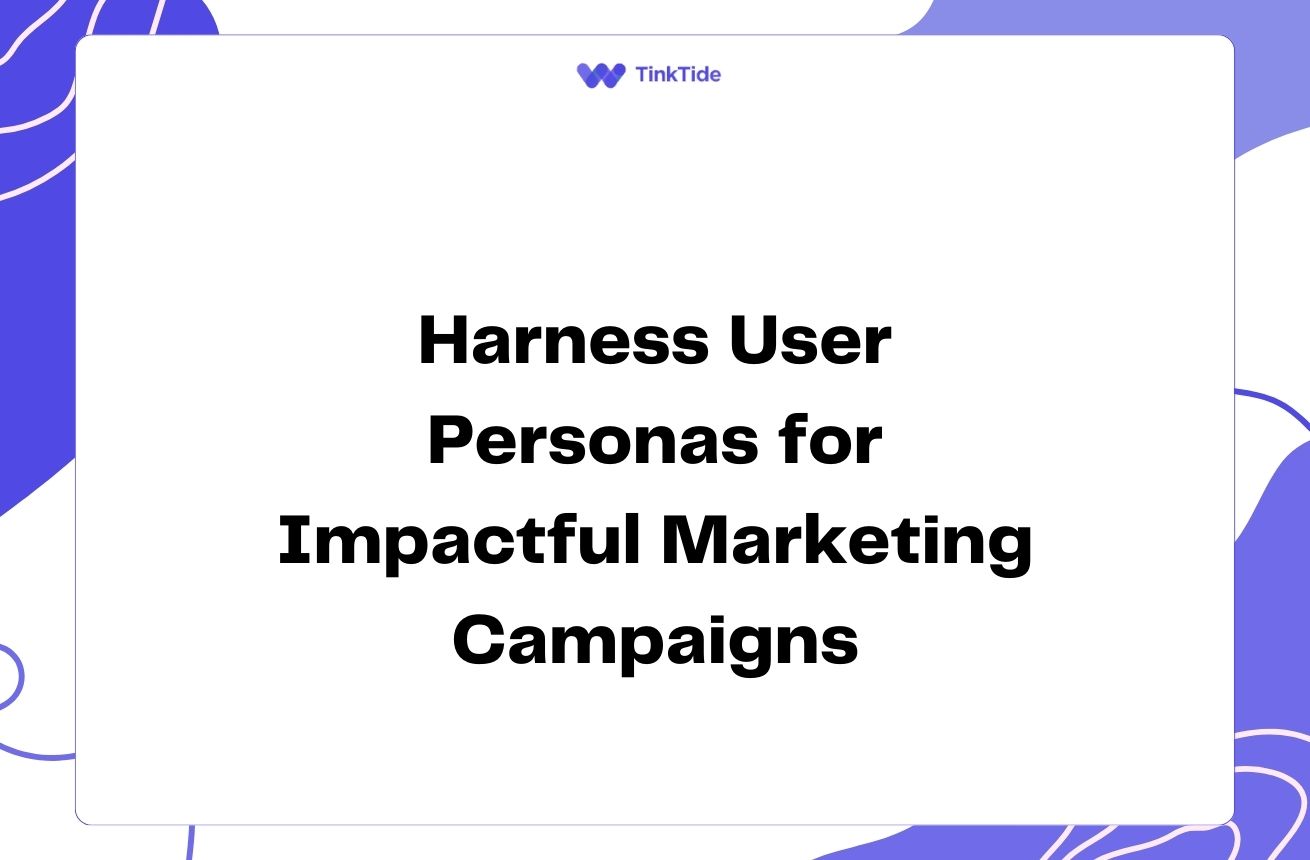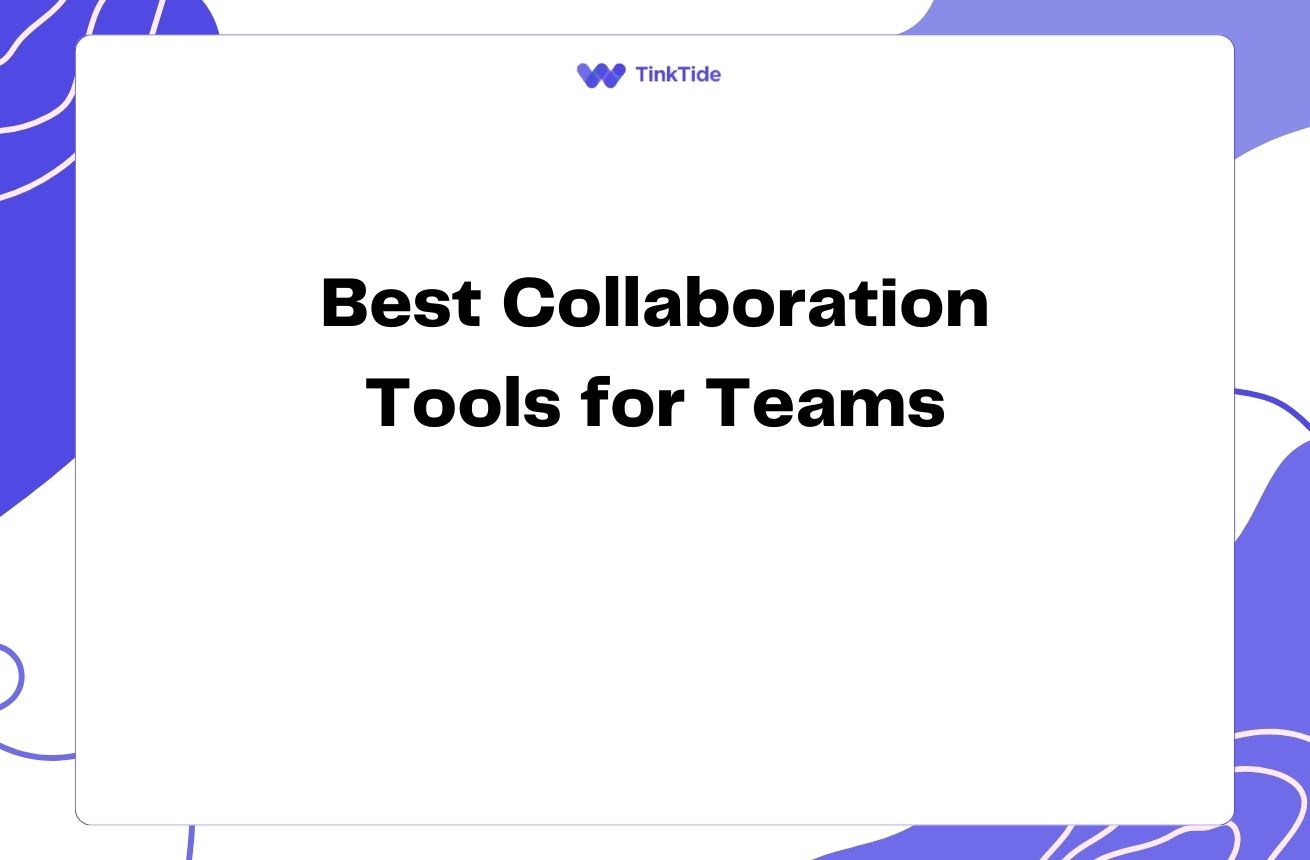Gamifying Ideation: Boosting Creativity and Productivity
The Power of Gamification in Ideation
Gamification has revolutionized various aspects of our lives, from fitness apps to learning platforms. Now, it's making waves in the world of ideation and brainstorming. By incorporating game-like elements into the ideation process, teams can unlock new levels of creativity, engagement, and productivity.
According to a study by the University of Waterloo, gamified brainstorming sessions resulted in 20% more ideas generated compared to traditional methods. This significant boost in idea generation showcases the potential of gamification in transforming how we approach problem-solving and innovation.
By tapping into our innate desire for competition, achievement, and fun, gamified ideation processes can turn what might be seen as a chore into an exciting and rewarding experience. This shift in perception can lead to more enthusiastic participation and, ultimately, better outcomes.
Key Elements of Gamified Ideation
To effectively gamify your ideation process, consider incorporating these key elements:
- Points and Rewards: Assign points for idea submission, quality, and collaboration.
- Leaderboards: Create friendly competition by showcasing top contributors.
- Challenges and Missions: Set specific goals or themes for ideation sessions.
- Progress Bars: Visualize individual and team progress towards ideation goals.
- Badges and Achievements: Recognize and celebrate milestones and accomplishments.
Benefits of Gamifying Ideation
Gamification can bring numerous benefits to your ideation process:
1. Increased Engagement: By making the process more fun and interactive, team members are more likely to actively participate and contribute ideas. The Journal of Computer-Assisted Learning reports that gamification can increase user engagement by up to 48%.
2. Enhanced Creativity: Game-like elements can help break down mental barriers and encourage out-of-the-box thinking. This can lead to more diverse and innovative ideas being generated.
3. Improved Collaboration: Gamification can foster a sense of teamwork and healthy competition, encouraging participants to build upon each other's ideas and work together towards common goals.
4. Better Retention: The memorable and enjoyable nature of gamified sessions can help participants better retain the ideas and insights generated, leading to more effective implementation.
Implementing Gamification in Your Ideation Process
To successfully implement gamification in your ideation process, consider the following steps:
- Define Clear Objectives: Establish what you want to achieve through gamification.
- Choose Appropriate Game Elements: Select elements that align with your team's culture and goals.
- Design the Game Mechanics: Create rules, point systems, and rewards that encourage desired behaviors.
- Incorporate Technology: Utilize digital tools to facilitate and track the gamified process.
- Test and Iterate: Continuously gather feedback and refine your approach for optimal results.
Real-World Success Stories
Many organizations have successfully implemented gamified ideation processes. For example, IBM's Innovation Jam uses gamification to engage thousands of employees worldwide in generating ideas for new products and services. This approach has led to the development of several successful initiatives, including IBM's Smart Planet strategy.
Another success story is Domino's Pizza's 'Think Oven' platform, which gamifies the process of gathering customer feedback and ideas for improving their products and services. This initiative has resulted in numerous innovations, including their popular pizza tracker feature.
These examples demonstrate how gamification can be applied at both large and small scales to drive innovation and engagement in the ideation process.
Overcoming Challenges in Gamified Ideation
While gamification offers many benefits, it's important to be aware of potential challenges:
1. Balancing Competition and Collaboration: Ensure that the competitive aspects don't overshadow the importance of teamwork and idea sharing.
2. Avoiding Burnout: Be cautious not to overuse gamification, as it can lead to fatigue or decreased intrinsic motivation over time.
3. Ensuring Fairness: Design your gamified system to be inclusive and fair to all participants, regardless of their role or experience level.
By addressing these challenges proactively, you can create a more effective and sustainable gamified ideation process.
Address common questions
Here are some frequently asked questions about gamifying the ideation process:
How does gamification improve creativity in ideation?
Gamification improves creativity by creating a more relaxed and enjoyable environment, which can help reduce mental barriers and encourage unconventional thinking. The competitive and rewarding aspects of games can also motivate participants to push their creative boundaries and generate more diverse ideas.
Can gamification work for all types of ideation sessions?
While gamification can be effective for many types of ideation sessions, it's important to tailor the approach to your specific context and goals. Some serious or sensitive topics may require a more traditional approach, but elements of gamification can often be incorporated to enhance engagement and productivity in most ideation scenarios.
How do you measure the success of a gamified ideation process?
Success can be measured through various metrics, including the quantity and quality of ideas generated, participant engagement levels, and the implementation rate of ideas. You can also gather feedback from participants about their experience and compare outcomes with non-gamified sessions.
What are some simple ways to start gamifying ideation?
Start by introducing simple elements like point systems for idea submission, time-based challenges, or team competitions. You can also use digital tools like ideation platforms that have built-in gamification features to ease the transition.
How can you prevent gamification from becoming a distraction?
To prevent gamification from becoming a distraction, ensure that the game elements are closely aligned with your ideation goals. Keep the rules simple and focus on rewarding behaviors that contribute to productive ideation. Regularly review and adjust your approach based on feedback and results.
Provide additional resources
Gamification in Business: Designing Engaging Ideation Processes
A comprehensive course on applying gamification principles to business processes, including ideation.
The Gamification of Learning and Instruction
A book by Karl Kapp exploring the theory and practice of gamification in various contexts.
Gamestorming: A Playbook for Innovators, Rulebreakers, and Changemakers
A collection of games and activities designed to boost creativity and innovation in business settings.
Innovation Games
A platform offering various gamified techniques for ideation and problem-solving.
Gamification Research Network
A resource for academic research and case studies on gamification in various fields, including ideation.
Summarize key takeaways
Gamifying the ideation process offers a powerful way to boost creativity, engagement, and productivity in your team's brainstorming sessions. By incorporating elements like points, challenges, and rewards, you can transform ideation from a routine task into an exciting and fruitful experience.
Remember that successful implementation requires careful planning, continuous iteration, and a balance between competition and collaboration. With the right approach, gamified ideation can lead to more innovative ideas and better outcomes for your organization.
Start small by introducing simple gamification elements into your next ideation session and observe the impact. As you become more comfortable with the concept, you can expand and refine your approach to unlock the full potential of gamified ideation.
Elevate Your Ideation Process with Gamification
Ready to transform your brainstorming sessions? Try our gamified ideation platform and unleash your team's creative potential.
Start Your Free Trial

